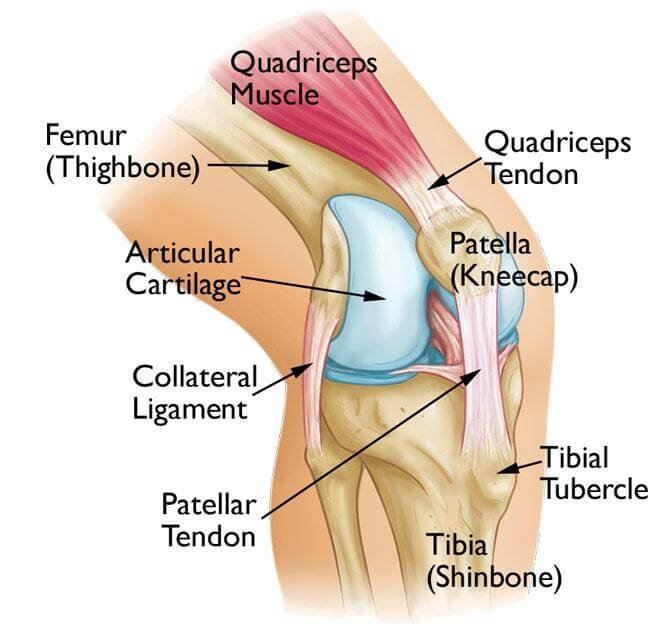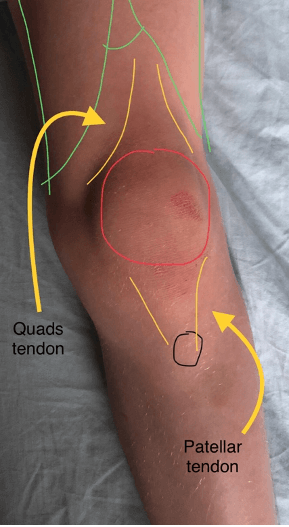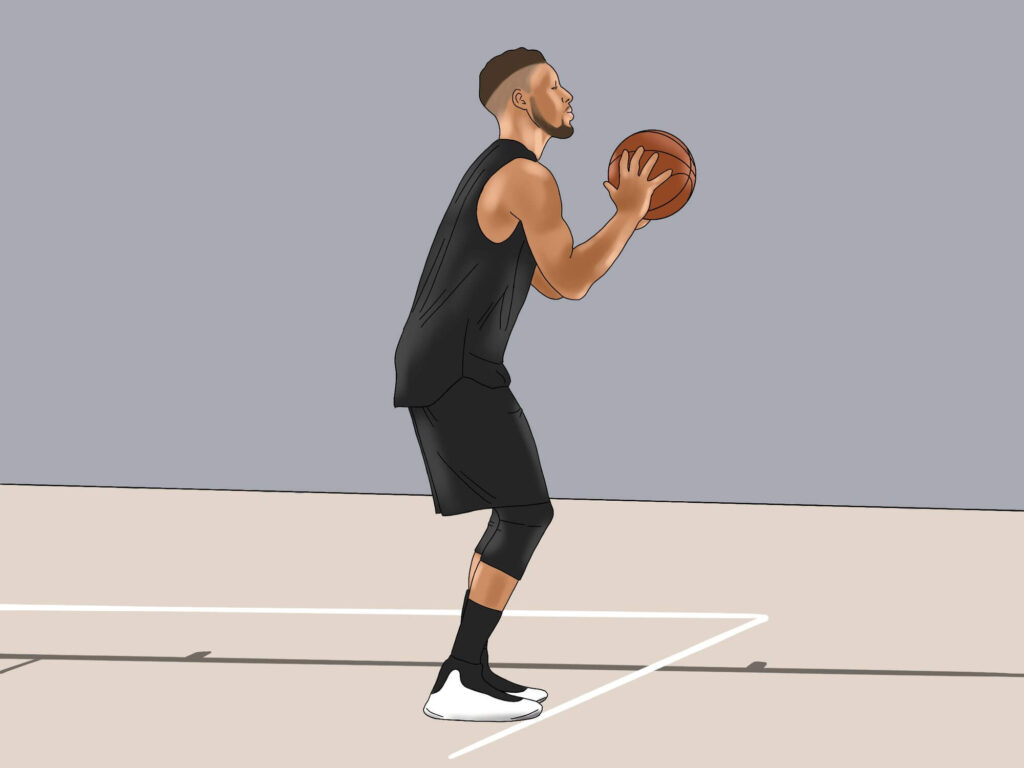Osgood-Schlatter disease is a common condition that affects young athletes, causing pain and inflammation in the knee area. While there are various treatment options available, many people are turning to holistic healing methods to find relief. One such method is the use of pets as companions during the healing process. In this article, we will explore the benefits of furry friends for those suffering from Osgood-Schlatter and how they can provide much-needed comfort and support.
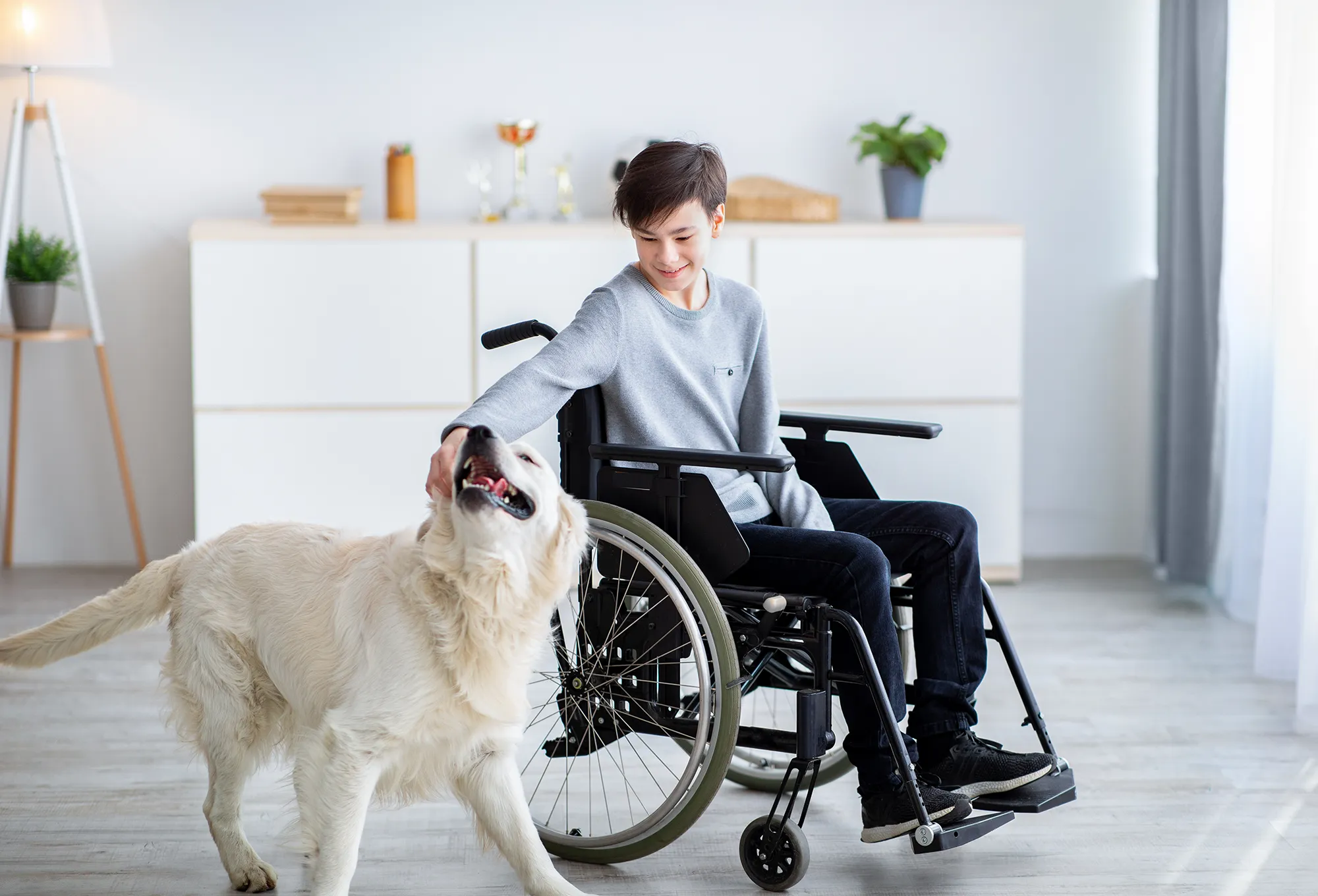
Understanding Osgood-Schlatter Disease
Before we dive into the role of pets in healing Osgood-Schlatter, let’s first understand the condition itself. Osgood-Schlatter disease is a common cause of knee pain in adolescents, particularly those who are active in sports. It occurs when the patellar tendon, which connects the kneecap to the shinbone, becomes inflamed and irritated. This can lead to pain, swelling, and tenderness in the knee area, making it difficult for young athletes to participate in their favorite activities.
Traditional Treatment Options
The traditional treatment options for Osgood-Schlatter disease include rest, physical therapy, and pain medication. In severe cases, surgery may be necessary. While these methods can be effective, they often only address the physical symptoms of the condition. Many people are now turning to holistic healing methods to not only alleviate physical pain but also to promote overall well-being.
The Healing Power of Pets
Pets have been known to provide comfort and support to their owners in times of need. They can sense when their human companions are feeling down or in pain and will often offer a comforting presence. This is especially true for those suffering from Osgood-Schlatter disease. Here are some ways in which pets can help with the healing process:
Emotional Support
Pets, particularly dogs and cats, have a calming effect on their owners. They can provide emotional support and help reduce stress and anxiety, which can be beneficial for those dealing with the pain and frustration of Osgood-Schlatter. Studies have shown that petting a dog or cat can lower blood pressure and release feel-good hormones, such as oxytocin and serotonin.
Distraction from Pain
Pets can also serve as a distraction from the physical pain caused by Osgood-Schlatter. Playing with a pet or taking them for a walk can take the focus away from the discomfort in the knee area. This can be especially helpful for young athletes who may be feeling frustrated and limited by their condition.
Companionship
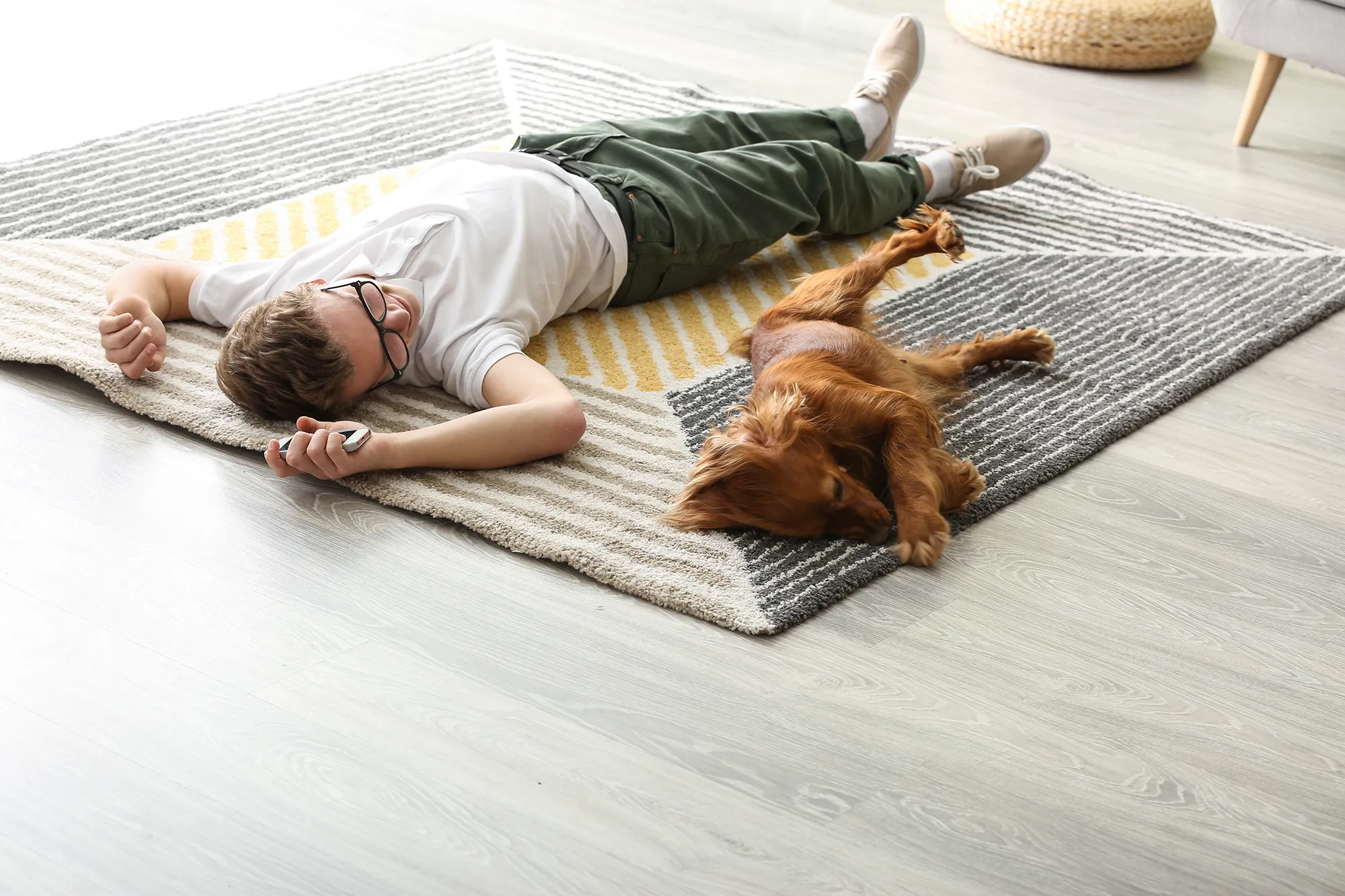
For those who are unable to participate in their usual activities due to Osgood-Schlatter, pets can provide much-needed companionship. They can be a source of joy and entertainment, helping to lift the spirits of their owners. This can be particularly beneficial for young athletes who may be feeling isolated and left out from their team activities.
Choosing the Right Pet
While any pet can provide comfort and support, some may be better suited for those dealing with Osgood-Schlatter. Here are some factors to consider when choosing a pet as a companion for healing:
Size and Energy Level
For those with limited mobility due to Osgood-Schlatter, a smaller and calmer pet may be a better fit. This could include cats, small dogs, or even a rabbit or guinea pig. These pets require less physical activity and can be easier to care for, making them a good choice for those who may not be able to keep up with a more energetic pet.
Allergies
It’s important to consider any allergies when choosing a pet. Some people may be allergic to certain types of fur or dander, which can make it difficult to have a pet in the house. If allergies are a concern, consider a hypoallergenic pet, such as a poodle or a hairless cat.
Personal Preference
Ultimately, the best pet for someone dealing with Osgood-Schlatter is one that they feel a connection with. Whether it’s a dog, cat, rabbit, or any other type of pet, the most important thing is that the person feels comfortable and happy with their furry companion.
Real-Life Examples
There are many heartwarming stories of pets providing comfort and support to those dealing with health issues. Here are a few real-life examples of pets helping with Osgood-Schlatter:
Buddy the Golden Retriever
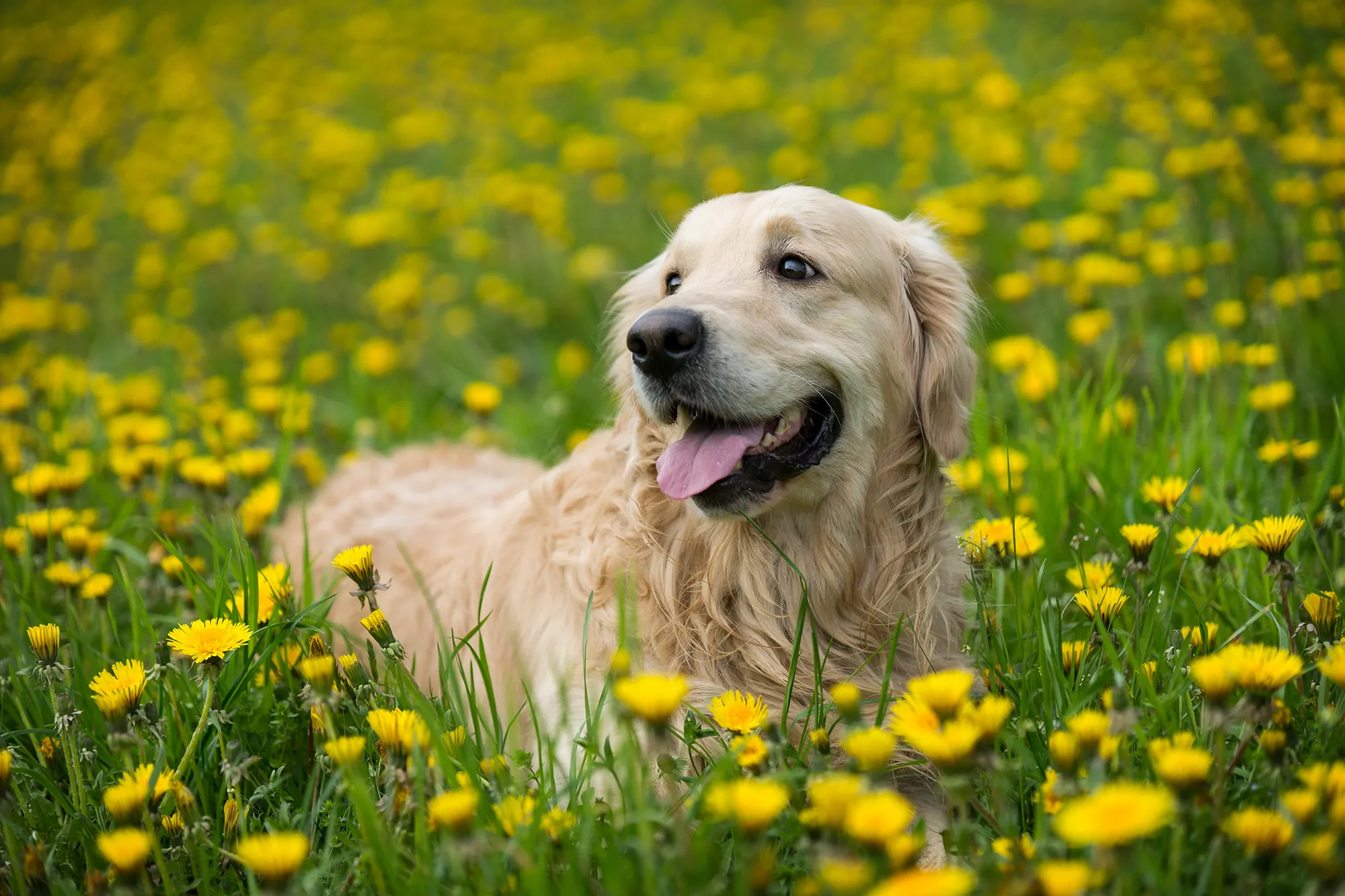
Buddy is a golden retriever who has been trained as a therapy dog. He regularly visits a children’s hospital and has become a beloved companion for many young patients, including those dealing with Osgood-Schlatter. His gentle and loving nature has helped to ease the pain and discomfort of these children, providing them with much-needed comfort and support.
Mittens the Cat

by Raoul Droog (https://unsplash.com/@raouldroog)
Mittens is a rescue cat who has become a source of joy and companionship for a young girl dealing with Osgood-Schlatter. Due to her condition, the girl was unable to participate in her usual activities and was feeling isolated and lonely. Mittens has become her constant companion, providing her with love and affection during this difficult time.
Conclusion
Pets have a special way of providing comfort and support to their owners, and this is especially true for those dealing with health issues such as Osgood-Schlatter. Their calming presence, ability to distract from pain, and companionship can be incredibly beneficial for those going through the healing process. If you or a loved one is dealing with Osgood-Schlatter, consider the healing power of pets and how they can help in the journey towards recovery.

